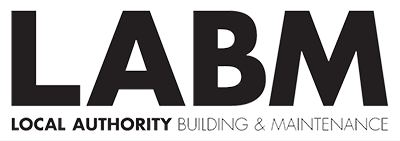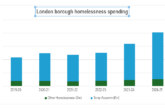The introduction of the Building Safety Act 2022 has transformed the way buildings are planned, constructed and managed across the UK. As the most comprehensive reform of building safety legislation in a generation, it brings far-reaching implications across the entire construction industry. Andrew Orriss, CEO at the Structural Timber Association, sheds some light on what benefits building with timber hold and how that lines up with the new Building Safety Act.
One of its key principles is accountability throughout the building lifecycle. For the first time, clients, designers, contractors and building owners are required by law to manage building safety risks from the earliest design stages through to occupation and beyond. This includes producing safety case reports, keeping clear records of design decisions and maintaining a “golden thread” of information, a digital record showing how safety has been embedded at every project stage. For local authorities acting as developers, owners or clients, this raises the bar substantially for governance and compliance.
Another major change is the establishment of the Building Safety Regulator (BSR), now part of the Health and Safety Executive. The BSR enforces compliance, oversees building control and holds individuals and organisations to account for safety failures. For local authority building control teams, this creates a new working dynamic. The BSR now leads approvals for high-risk projects, with local authorities supporting the process.
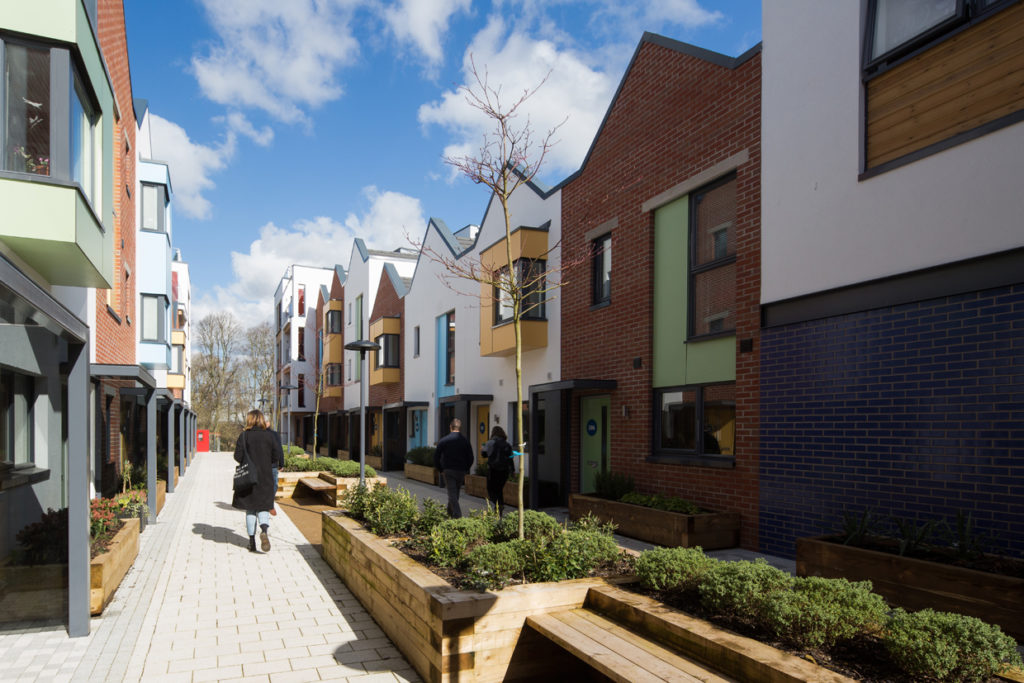 In a more regulated and accountable construction landscape, timber might not seem the most obvious choice at first. But when well understood and properly implemented, structural timber systems don’t just meet safety and compliance requirements, they often exceed them. Timber offers a compelling combination of traceability, performance and sustainability that aligns closely with the aims of the Building Safety Act.
In a more regulated and accountable construction landscape, timber might not seem the most obvious choice at first. But when well understood and properly implemented, structural timber systems don’t just meet safety and compliance requirements, they often exceed them. Timber offers a compelling combination of traceability, performance and sustainability that aligns closely with the aims of the Building Safety Act.
With clear traceability from sustainably sourced wood to engineered components, timber systems naturally support the golden thread requirement. The STA Guide to Building Safety and resources such as the 16 Steps to Fire Safety and the Pattern Book offer councils and building control teams practical routes to compliance.
Beyond safety, timber delivers important benefits:
- Carbon savings: Engineered timber stores carbon and emits less during manufacture than steel or concrete.
- Precision manufacture: Offsite fabrication ensures tight tolerances, consistent quality and reduced on-site risk, which is crucial under the Act.
- Fire safety: Detailed guidance, testing and STA’s Pattern Book show that timber solutions can meet required fire resistance standards, supporting safety gate approvals.
Modern engineered timber products such as cross-laminated timber (CLT), structural insulated panels (SIPs) and advanced timber frame systems, are manufactured in controlled environments with exceptional levels of precision and quality assurance. These offsite methods naturally support the golden thread by enabling traceability, consistency and detailed documentation throughout the build process. For local authorities aiming to demonstrate compliance, this offers a clear advantage over traditional construction methods.
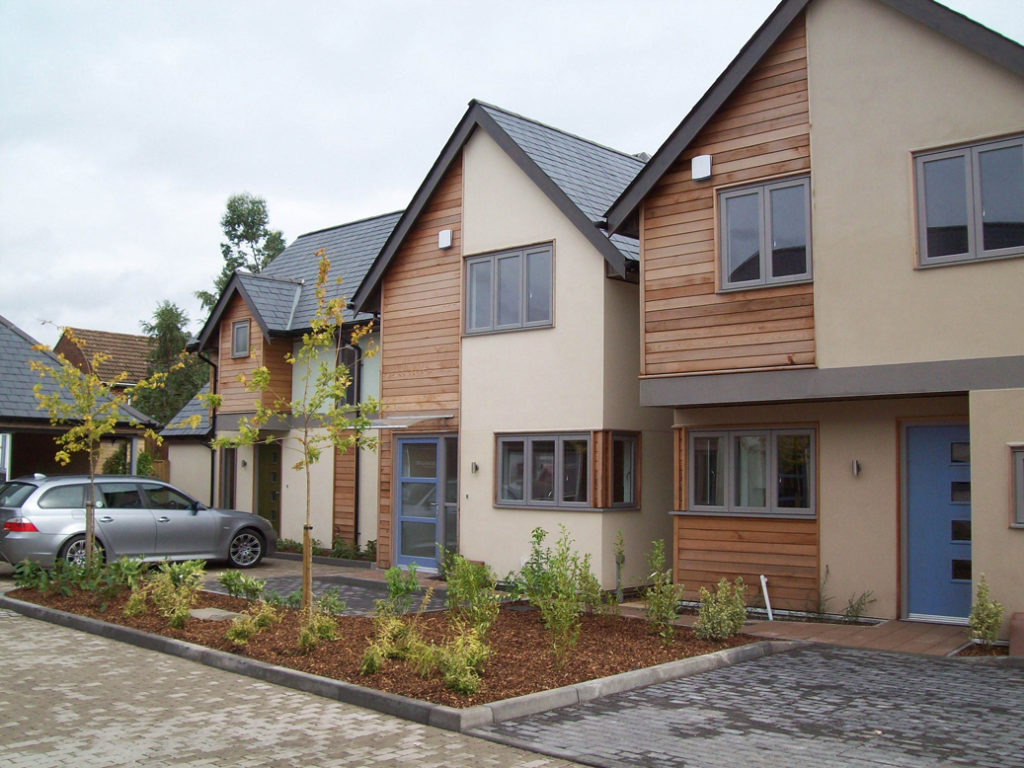 Timber is more than just compliant. It supports the urgent shift towards sustainable construction. As the only major structural material that is renewable, naturally low carbon and capable of sequestering CO₂, timber plays a vital role in achieving net zero targets. Many councils have declared climate emergencies and are integrating low carbon procurement frameworks into their capital programmes. Timber construction provides a clear path to reduce embodied carbon without compromising on safety, performance or cost.
Timber is more than just compliant. It supports the urgent shift towards sustainable construction. As the only major structural material that is renewable, naturally low carbon and capable of sequestering CO₂, timber plays a vital role in achieving net zero targets. Many councils have declared climate emergencies and are integrating low carbon procurement frameworks into their capital programmes. Timber construction provides a clear path to reduce embodied carbon without compromising on safety, performance or cost.
Best practice resources
The STA and its members continue to lead on best practice guidance and robust fire safety protocols for timber construction. The STA Assure quality assurance scheme, 16 Steps to Fire Safety on Timber Frame Construction Sites, and Fire Safety in Use guidance all provide clear, independently validated processes for designing, delivering and maintaining fire-safe timber buildings. These frameworks are regularly updated in line with regulations, helping ensure timber construction is always delivered to the highest standard.
Many timber systems are now used as part of hybrid construction models, combining timber with other materials to balance performance and compliance. This flexibility enables project teams to meet the requirements of the Building Safety Act without compromising on sustainability or speed of delivery.
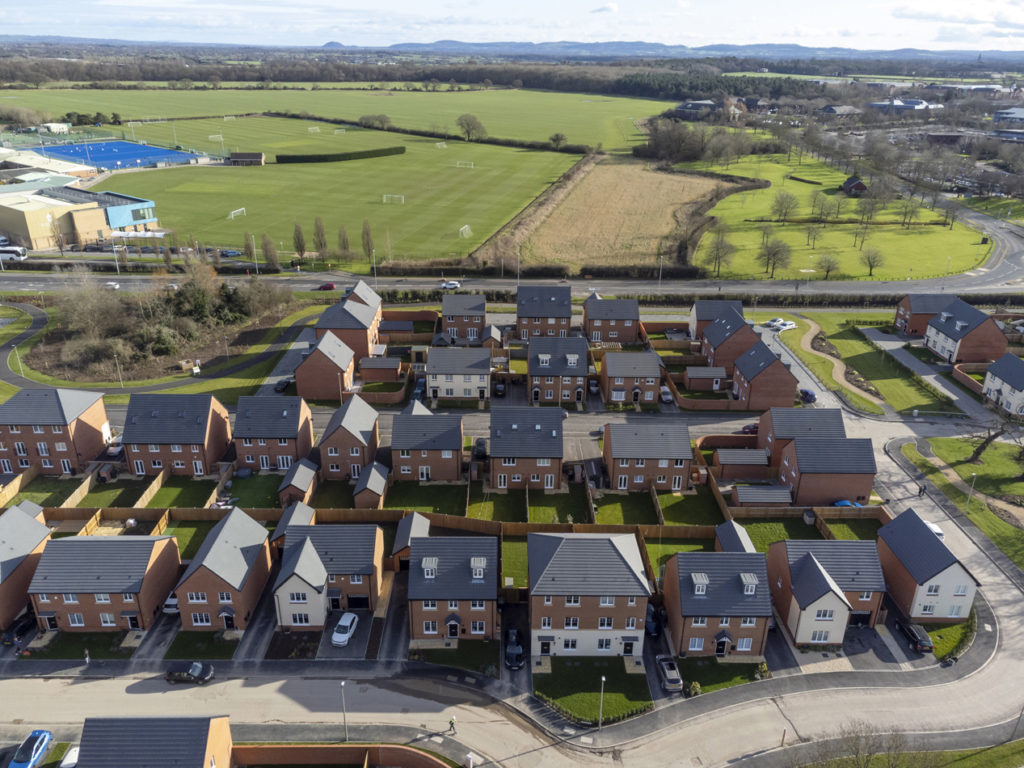 For local authorities, the message is clear. The Building Safety Act sets out a new way of working, one that is transparent, informed and rooted in safety. But it also creates space to innovate, improve housing quality and embrace materials that support long-term sustainability goals. When procured responsibly and delivered by competent professionals, timber can be a key part of that future.
For local authorities, the message is clear. The Building Safety Act sets out a new way of working, one that is transparent, informed and rooted in safety. But it also creates space to innovate, improve housing quality and embrace materials that support long-term sustainability goals. When procured responsibly and delivered by competent professionals, timber can be a key part of that future.
The Structural Timber Association continues to work closely with government, regulators and the wider industry to ensure our members lead the way in safe, sustainable and compliant construction. We provide technical guidance, CPD training and a searchable directory of STA Assure-accredited members for local authorities seeking trusted delivery partners.
To learn more or to access the STA’s resources, visit www.timefortimber.org
